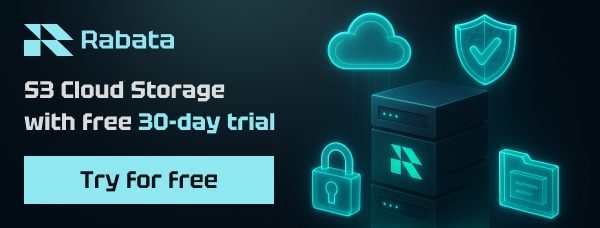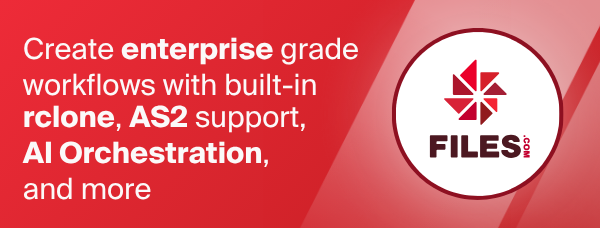Pixeldrain
This is the backend for Pixeldrain's premium filesystem feature. This is not the same as pixeldrain's free file sharing product. The filesystem requires either a Pro subscription or the Prepaid plan. More information on subscriptions.
An overview of the filesystem's features and limitations is available in the filesystem guide on pixeldrain.
Usage with account
To use the personal filesystem you will need a pixeldrain account and either the Prepaid plan or one of the Patreon-based subscriptions. After registering and subscribing, your personal filesystem will be available at this link: https://pixeldrain.com/d/me.
Go to the API keys page on your account
and generate a new API key for rclone. Then run rclone config and use the API
key to create a new backend.
Example:
No remotes found, make a new one\?
n) New remote
d) Delete remote
c) Copy remote
s) Set configuration password
q) Quit config
n/d/c/s/q> n
Enter name for new remote.
name> pixeldrainfs
Option Storage.
Type of storage to configure.
Choose a number from below, or type in your own value.
...
XX / Pixeldrain Filesystem
\ (pixeldrain)
...
Storage> pixeldrain
Option api_key.
API key for your pixeldrain account.
Found on https://pixeldrain.com/user/api_keys.
Enter a value. Press Enter to leave empty.
api_key> b1bb1e81-9b7b-406b-986a-c9b20be76e15
Option directory_id.
Root of the filesystem to use. Set to 'me' to use your personal filesystem.
Set to a shared directory ID to use a shared directory.
Enter a string value. Press Enter for the default (me).
directory_id>
Edit advanced config?
y) Yes
n) No (default)
y/n>
Configuration complete.
Options:
- type: pixeldrain
- api_key: b1bb1e81-9b7b-406b-986a-c9b20be76e15
Keep this "pixeldrainfs" remote?
y) Yes this is OK (default)
e) Edit this remote
d) Delete this remote
y/e/d>
Current remotes:
Name Type
==== ====
pixeldrainfs pixeldrain
e) Edit existing remote
n) New remote
d) Delete remote
r) Rename remote
c) Copy remote
s) Set configuration password
q) Quit config
e/n/d/r/c/s/q> q
Usage without account
It is possible to gain read-only access to publicly shared directories through
rclone. For this you only need a directory ID. The directory ID can be found in
the URL of a shared directory, the URL will look like this
https://pixeldrain.com/d/abcd1234 where abcd1234 is the directory ID.
Directory IDs in your own filesystem can also be listed with the lsf command:
rclone lsf Pixeldrain: --dirs-only -Fpi
This will print directories in your Pixeldrain home directory and their public
IDs.
Enter this directory ID in the rclone config and you will be able to access the directory.
Standard options
Here are the Standard options specific to pixeldrain (Pixeldrain Filesystem).
--pixeldrain-api-key
API key for your pixeldrain account. Found on https://pixeldrain.com/user/api_keys.
Properties:
- Config: api_key
- Env Var: RCLONE_PIXELDRAIN_API_KEY
- Type: string
- Required: false
--pixeldrain-root-folder-id
Root of the filesystem to use.
Set to 'me' to use your personal filesystem. Set to a shared directory ID to use a shared directory.
Properties:
- Config: root_folder_id
- Env Var: RCLONE_PIXELDRAIN_ROOT_FOLDER_ID
- Type: string
- Default: "me"
Advanced options
Here are the Advanced options specific to pixeldrain (Pixeldrain Filesystem).
--pixeldrain-api-url
The API endpoint to connect to. In the vast majority of cases it's fine to leave this at default. It is only intended to be changed for testing purposes.
Properties:
- Config: api_url
- Env Var: RCLONE_PIXELDRAIN_API_URL
- Type: string
- Default: "https://pixeldrain.com/api"
--pixeldrain-description
Description of the remote.
Properties:
- Config: description
- Env Var: RCLONE_PIXELDRAIN_DESCRIPTION
- Type: string
- Required: false
Metadata
Pixeldrain supports file modes and creation times.
Here are the possible system metadata items for the pixeldrain backend.
| Name | Help | Type | Example | Read Only |
|---|---|---|---|---|
| btime | Time of file birth (creation) | RFC 3339 | 2006-01-02T15:04:05.999999999Z07:00 | N |
| mode | File mode | octal, unix style | 755 | N |
| mtime | Time of last modification | RFC 3339 | 2006-01-02T15:04:05.999999999Z07:00 | N |
See the metadata docs for more info.


